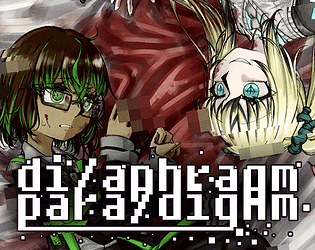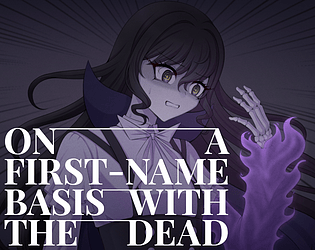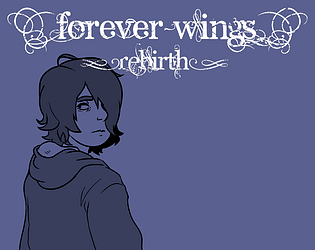Superbly disconcerting and unsettling to be in April's mind, and that's what makes it fun! I loved the lab setting, as it gives all the dialogue a nice "sterile" flavor, pushed further and further into uncleanliness as we progress. The visual effects are also subtle, but contribute *a lot*.
Waiter! Waiter! More denpa VNs please!





